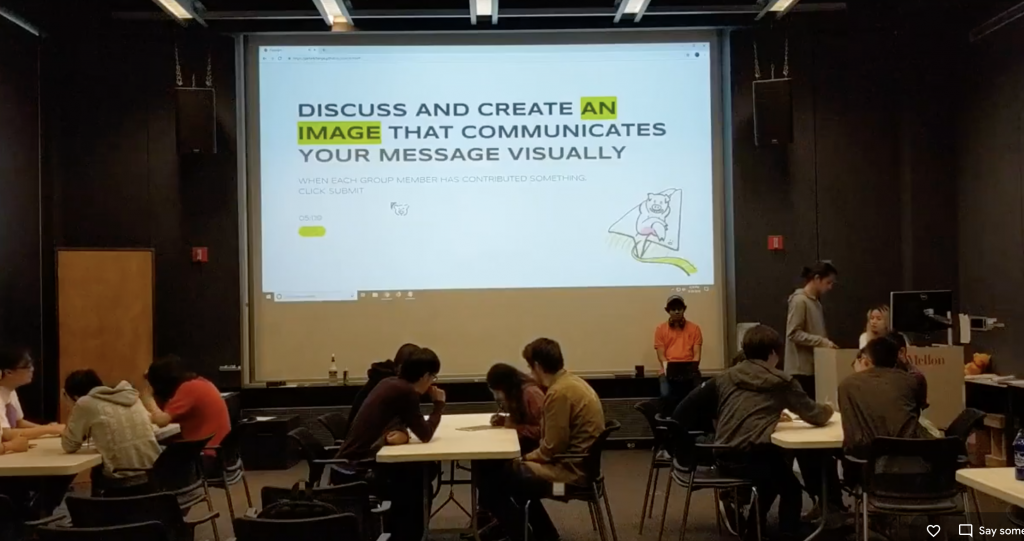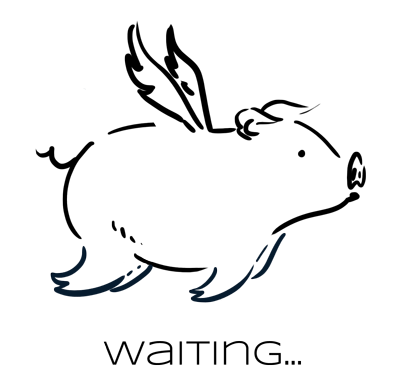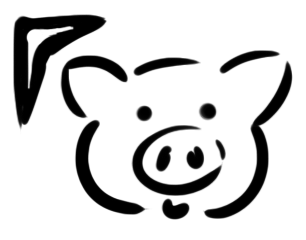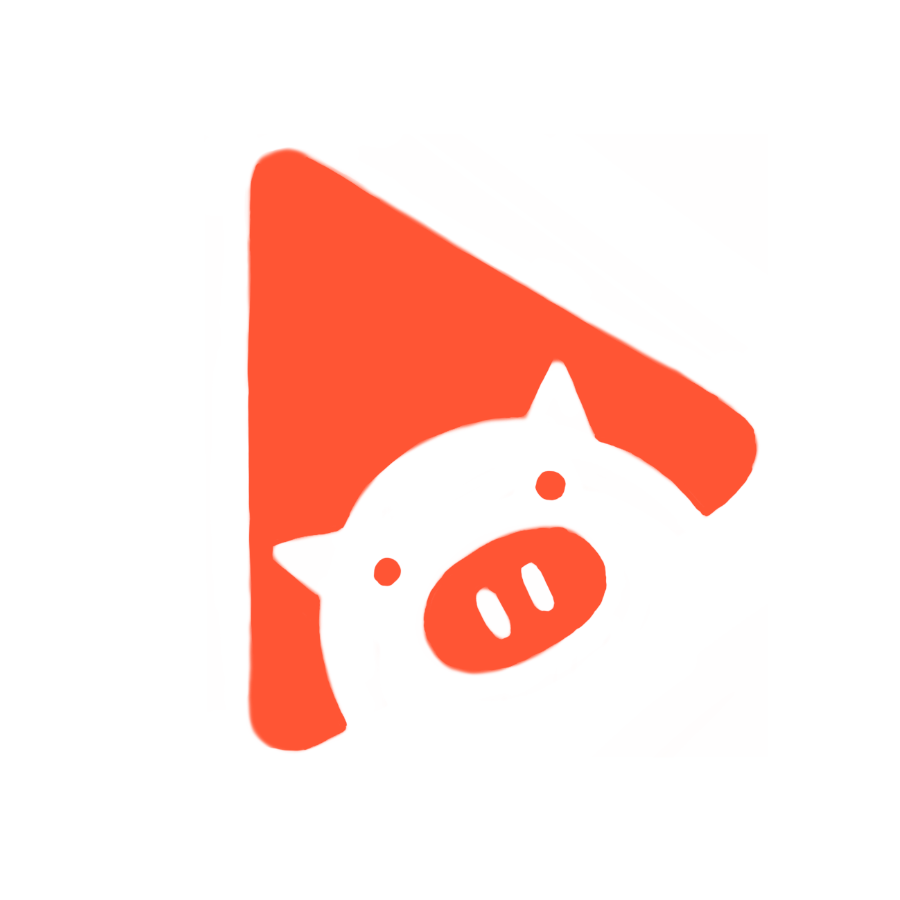Summary
| Goal: Finish the app and refine the prompts Challenge: Not much time left and not sure how to deliver the “wow” factor for our experience Did we fulfill this week’s goals: Yes…but not quite! |
Rocky coordination between designers and programmers
We crunched…hard…to deliver a working product as fast as we could and playtest with as many people as we could.
We ran into several conflicts between designers and programmers, and Kevin and I as co-producers. Everybody was under an immense pressure to see things completed that we argued quite a bit after every playtest. The list of small usability changes kept getting expanded; everyone seemed to have an opinion about what needed to be changed; and our team wanted to make all the changes we could to deliver a strong experience. But was our experience strong enough? We still struggled to identify and solved that lack of “wow” factor in our current flow.
Although Saumya and Ariel already built most features for the iPads and the web in previous weeks, our team, through practicing the workshop, realized the challenges in coordinating the facilitator and the transition between screens, and how that triggers the reveal of certain UI elements on the iPads for players to interact with. We came up with little changes that affected the backend infrastructure that programmers already set up, which required time and thinking for Saumya and Ariel to make adjustments. Simultaneously, designers had to reorganize the overall flow, implement UI, create concept art, text, and audio assets, while coordinating with programmers to ensure all assets are implemented as designed. Our work environment, for the first time, became quite hostile.
Kevin spent everyday motivating the team and encouraged everyone to look on the positive side of how much we managed to deliver within a week. I figured out solutions that could prevent future conflicts like these to happen.
- Break down the list of tasks into smaller and manageable chunks. (for example, 5 screens per day)
- Categorize playtest feedback based on their importance to the experience’s success and how much time it would take for designers and programmers to create those changes.
- Since we decided (and had to) playtest everyday, we needed to set the right expectations on how much we could deliver and test. Testing the whole experience at once daily was overwhelming and not effective.
- Hear each other out! Comments were suggested based on playtesting observation and based on what we could do in the least amount of time. Nothing was personal.
I spent this week working with Saumya and Ariel to ensure the quality of our UI implementation, while Zoe and Boyi focused on making the art and UX amazing. Kevin worked on the narrative and sound effects.
Piggy Banksy’s voice recording options
Kevin tried out a couple of options for Piggy’s characters. We debated back and forth whether:
- Piggy is a high-authority person or a low-authority person. High-authority was more difficult to write than low-authority, because we are students and not notorious artists.
- Is Piggy a rebel artist who doesn’t give a fuck about pleasing people? Or is Piggy a fun and lovable character who wants to collaborate with the audience? Or is Piggy a student who needs help from the audience?
- What would be the facilitator’s role in this experience for any of these Piggy options?
The team was not confident in evaluating voice recordings and sound effects since none of us was an expert in this space, except for Kevin. Without feedback, Kevin was not sure which voice he should pick.
Piggy branding
Boyi and Kevin created these illustrations to show the activities that guests are about to participate. We loved the art style because they looked so cute, happy, and lovable.
Playtest with ETC students
The playtest lasted 35 minutes in total. We learned that:
- The most engaging parts were creating the slogan and the poster, while the first 2 activities weren’t as engaging.
- Piggy’s appearance and theming was cute but did not add much to our experience.
- The first prompt “Individually write 3 issues you have within the game industry” confused players.

Zoe created a background change for all the instructions on our website. It was amazing to see how a simple shift of visual elements from a clean white background to dirty brick walls can set the right tone for the experience and for the player’s expectation.
Rocky debates between design and production
Kevin and I got into some friction debating on whether we should invest our effort in finding the “wow” factor for our experience or practicing our rehearsal for Softs which would happen in 2 days. Both arguments made sense…because having that “wow” factor really helped us feel more confident and prepared for Softs. However, we did not know what that “wow” factor was, so shouldn’t we prioritize practicing what we had to make sure Softs go smoothly?
We settled with prioritizing practicing rehearsal for Softs and agreed to improve our experience afterwards. We then did some Improv exercises to make our activity prompts feel more natural and conversational.
Going home that night, I reflected on our progress and felt that the rebellious creative energy and quirky personality of our team had been lost quite a bit in our experience. We can’t let this happen!








